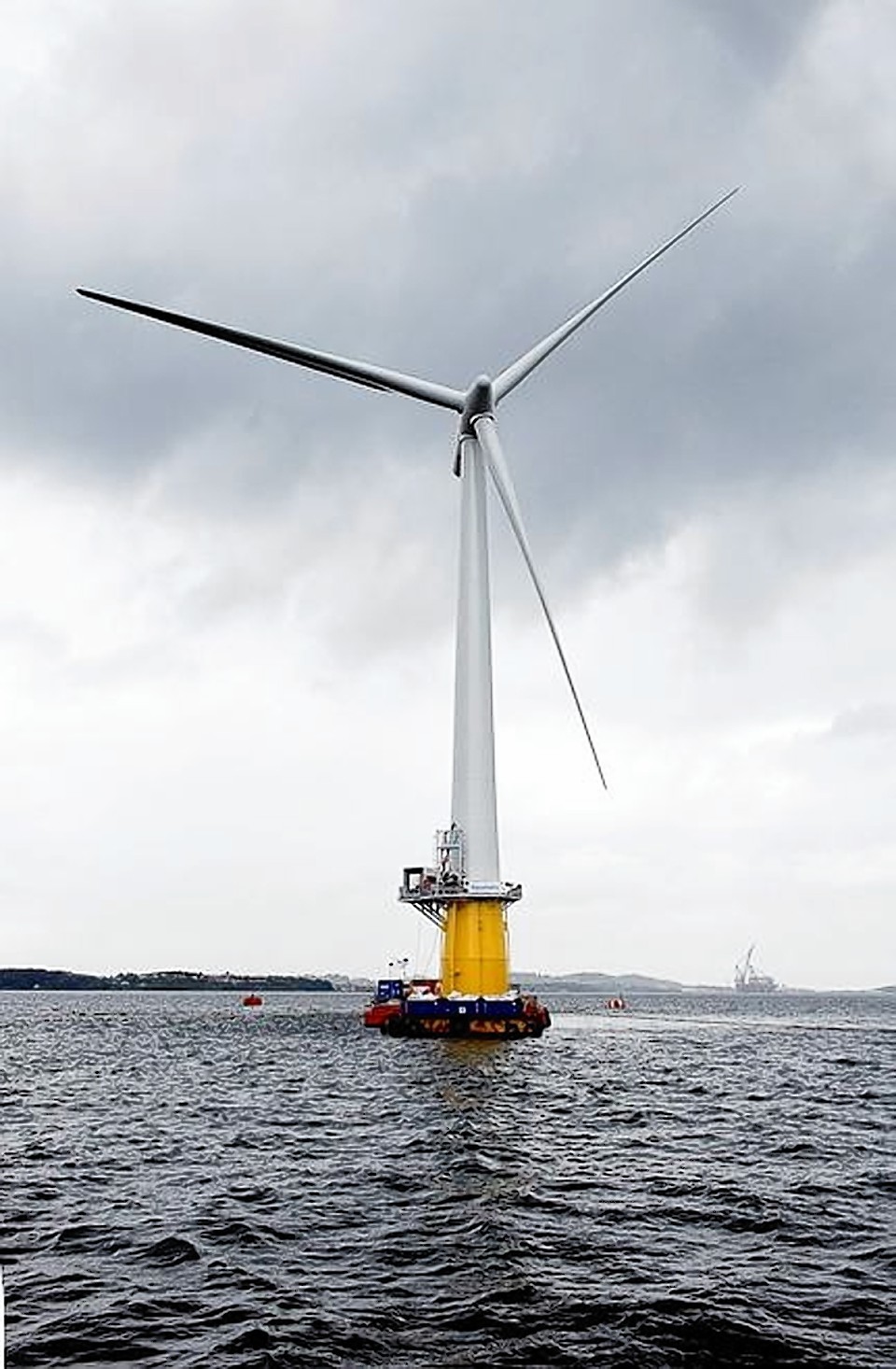A contractor has been appointed to lay the foundations for a major green energy project off the north-east coast.
Ross-shire firm Isleburn, part of Global Energy Group, will supply 15 suction anchors for Norwegian firm Statoil’s Hywind scheme.
The ambitious project involves tethering five 600ft turbines to the sea bed 15 miles off Peterhead.
The Scottish Government has welcomed the progress being made on the project in the wake of the carbon capture and storage (CCS) scheme at Peterhead Power Station collapsing.
The UK Government last week scrapped a £1billion funding competition for the development of CCS.
Energy Minister Fergus Ewing said: “Isleburn and Global Energy Group have used their experience from the oil and gas sector to be awarded this contract.
“We continue to work closely with Statoil to ensure that other Scottish companies can also benefit from this project and to learn lessons for the future.
“We want to position Scotland as a world leader in this area as we look to utilise floating wind technology to unlock the deeper offshore sites.”
The contract win was announced just days after Finnish company MacGregor revealed it would develop the turbines’ moorings.
Stephen Bull, Statoil’s senior vice president, said the firm was delighted to develop this particular project in Scotland, “with a huge wind resource and an experienced supply chain from oil and gas”.
‘Floating’ the turbines means they could – in theory – be erected in water deeper than any turbine before, largely out of sight of people living on the coast.
The water at the proposed site where Hywind will be anchored is around 360ft deep, but engineers believe the technology could be suitable for waters as deep as 3,600ft.
A marine licence for the scheme has already been secured and Statoil is expected to begin onshore works in Peterhead before the end of the year.
Offshore construction will likely begin next year, and a completion date has been set for 2017.
